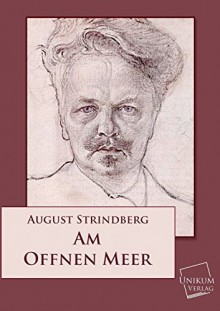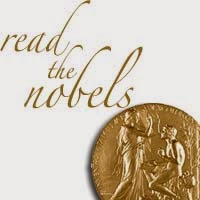
The English prose novel as we know it today is an amazingly recent invention. Its rise began only in the seventeenth century thanks to writers like Daniel Defoe (c.1660-1731), Jonathan Swift (1667-1745)… and Aphra Behn (1640-1689) whose work was rediscovered only in the early twentieth century (»»» read my author’s portrait). Although in her time Aphra Behn was first of all a renowned playwright, she also wrote several novels in her later years. By modern standards, however, these novels are hardly more than novelettes or even short stories. One of these little known prose works from the pen of the first Englishwoman who was able make her living as a writer is The Adventure of the Black Lady first published in 1684. It’s the story of a young woman called Bellamora who has come from Hampshire to Covent Garden in the hope to find refuge and help with a cousin of hers.
In her story Aphra Behn skilfully portrays Bellamora as a very naïve and foolish young woman who got herself into serious trouble and sees her only chance in flight. Both her parents are dead and she left her uncle’s estate pretending to visit a recently married cousin living not far away, while in reality she headed for town right away and with the intention to hide for a while in the “populous and public place” where she had another relation who would surly help her out. When Bellamora arrives in Covent Garden, however, she finds that her cousin doesn’t live there anymore and, even worse, that nobody there seems ever to have heard of her. Understandably, the young woman is desperate and uncertain what to do. The author makes her wander aimlessly through the parish in a hired coach and ask people if they know her cousin and her whereabouts. And surprise, surprise, an impoverished gentlewoman who lets lodgings for a living tells Bellamora that her cousin and her husband have been living with her for more than a year, but that they went out and she didn’t expect them back before the night. Greatly relieved Bellamora asks to be allowed to wait for the couple and, trusting as she is, she soon pours out her sorrowful heart to the friendly gentlewoman. When the Lady and her husband return at last, Bellamora is again plunged into despair because she isn’t her cousin after all. Luck would have it, though, that the Lady is an old acquaintance whom Bellamora doesn’t recognise at first, but who recalls the young woman at once and bids her welcome. And again Bellamora pours out her heart and this time she reveals the whole truth to the almost stranger, namely that she is eight months pregnant and fled from the advances of the child’s father whom she doesn’t want to marry for fear that after the wedding he will love her no longer. As befits a romantic “novel” of the time, with a few other lucky – and unlikely – twists brought about by both the gentlewoman and the Lady who is not the sought for cousin, Aphra Behn drives Bellamora’s story towards a happy ending.
Instead of the dodo press book that contains also a novelette titled The Lucky Mistake, I read the free web edition of The Adventure of the Black Lady published by eBooks@Adelaide and found it an entertaining and very quick read about Romantic love and the desperation of a fallen young woman in England of the Restoration. Although Ernest A. Baker included it in his 1905 collection of The Novels of Mrs. Aphra Behn, it’s really a short story filling no more than a couple of pages. If it weren’t for the spelling and some peculiarities of language, the story would feel very modern almost like historical fiction written in the twentieth or twenty-first centuries. I warmly recommend it!
The Adventure of the Black Lady, and the Lucky Mistake (Dodo Press) - Aphra Behn

 Log in with Facebook
Log in with Facebook 
















